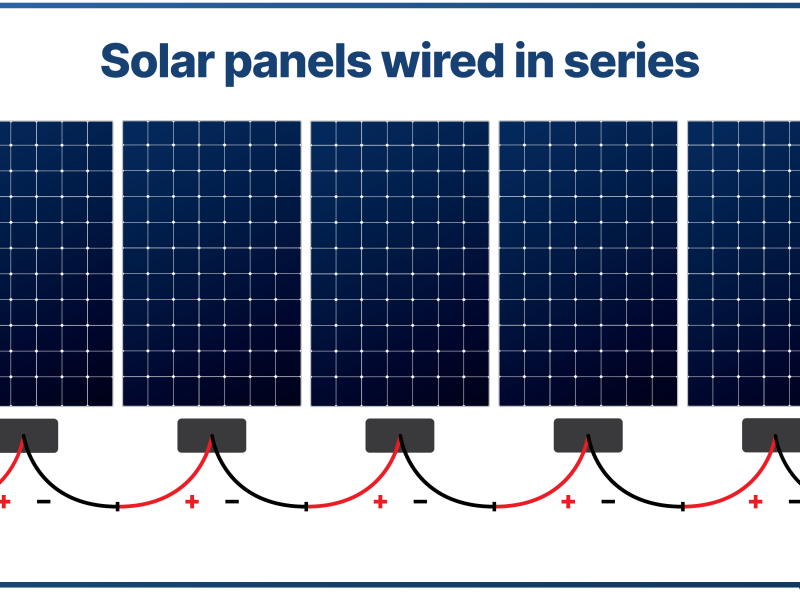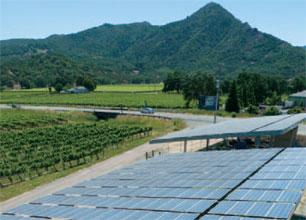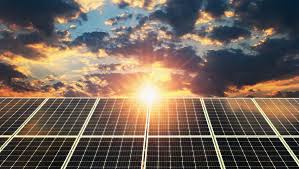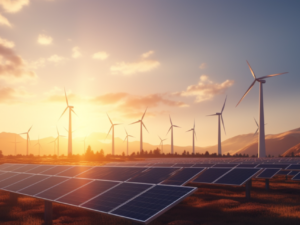Solar panels interconnected in a series arrangement are best suited for applications requiring elevated voltage and power but with lower amperage. The combined power output of these series-connected solar panels is determined by summing up the maximum power output of each individual panel. However, it’s important to recognize that in series connections, each panel contributes significantly to the circuit, making this connection type less optimal in scenarios where shading could impact some panels.
Nevertheless, when employing series connections of solar panels, it’s imperative to employ MPPT (Maximum Power Point Tracking) charge controllers. These controllers efficiently manage the heightened voltage levels produced by the solar panels, aligning them with the voltage of the battery bank.
When solar panels are connected in series, the positive terminal of one panel is linked to the negative terminal of the next, creating a continuous path for current flow. In this arrangement, the voltage of each panel adds up, while the current remains the same as that of a single panel. For example, if three solar panels each producing 20 volts are connected in series, the total voltage output will be 60 volts (20V + 20V + 20V), with the current staying equivalent to that of a single panel. Series connections are commonly used to increase the voltage of a solar array while maintaining a constant current. This setup is beneficial in situations requiring higher voltage levels, such as battery charging or integration with grid-tied inverters. However, it is important to ensure that the combined voltage of the series connection does not exceed the maximum input voltage rating of the charge controller or inverter being used.
Pros and Cons of Wiring in Series
Pros
More convenient for maintenance and doesn’t necessitate extra gear
Maintains a low current, thus requiring only inexpensive, smaller gauge wiring
Produces the best output during sunrise and sunset
Cons
In a series connection, each panel holds significance, so if even one panel is shaded, the overall power output of the system diminishes.
What happens if you increase solar panels in series?
When solar panels are linked together in a series, it forms what is commonly referred to as a “string.” Within a solar installation, it’s possible to have multiple strings of solar panels.
In a series connection of solar panels, the voltage accumulates while the current remains unchanged. For instance, in a 400 Wp (Wp representing watt peak, which is the maximum power output of the solar panel) solar panel, the maximum power current is 13.15 A and the open circuit voltage is 36.98 VDC. When you connect several 400 Wp solar panels in series, the voltage increases proportionally to the number of panels connected, while the current remains consistent. For example, if you connect 10 solar panels in series, the voltage will total 370 VDC, while the current remains at 13.15 A.
Can you combine series and parallel solar panels
Certainly, there are instances where a series-parallel amalgamation of solar panels is employed, particularly for extensive solar arrays. However, such a connection method is not typically utilized for small residential energy demands.
Which is better: Solar Panels in Series or Parallel
When determining the most suitable configuration, the key consideration is whether a series or parallel connection will deliver the ideal energy output to fulfill your needs.
Opting for a series connection may be preferable if you require a solar system with low amperage and if your panels receive prolonged exposure to sunlight throughout the day. Conversely, if you prefer a system with low voltage or reside in an area with varying light conditions (where independent operation of solar panels is desired), connecting in parallel would be the more suitable choice.












